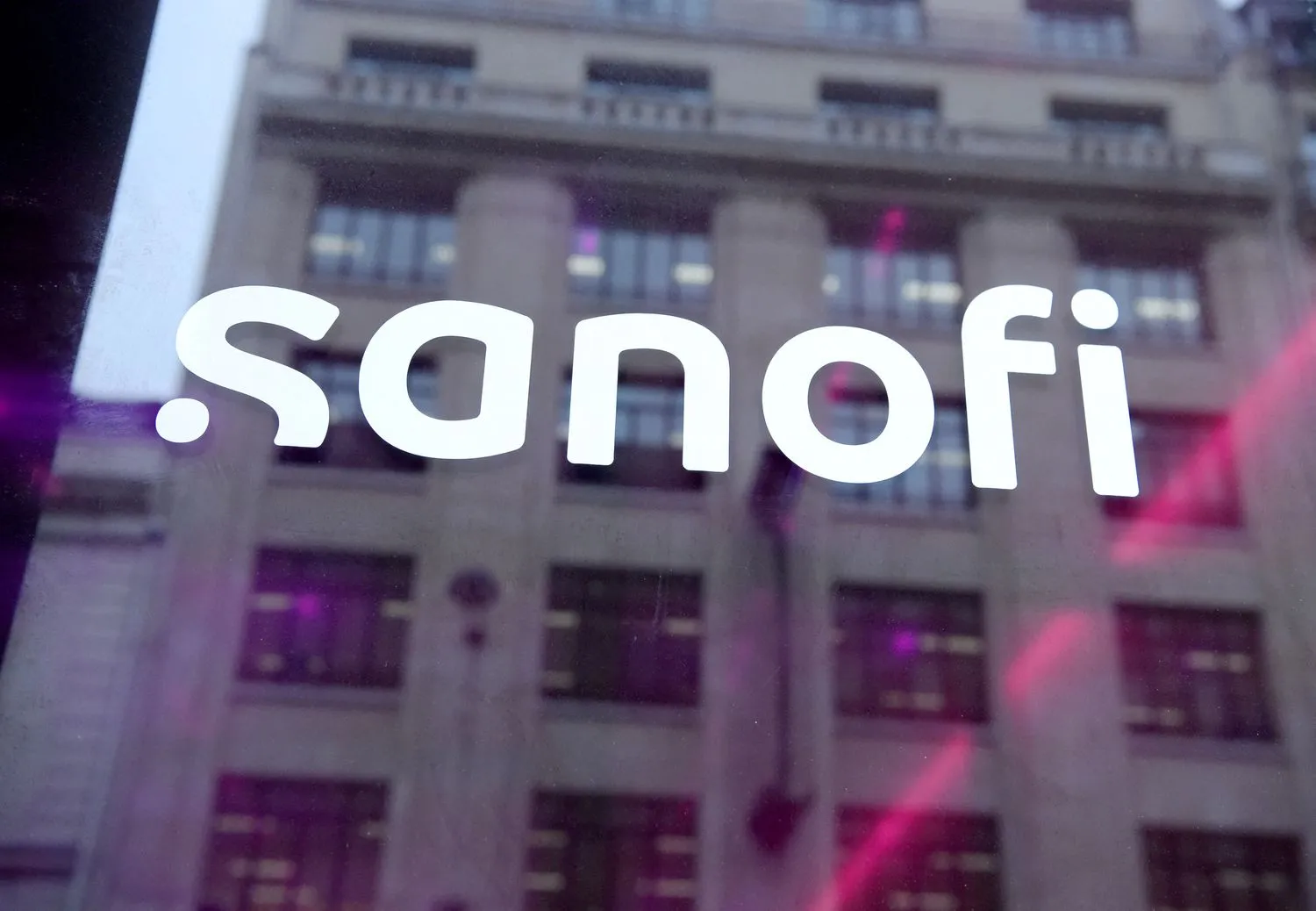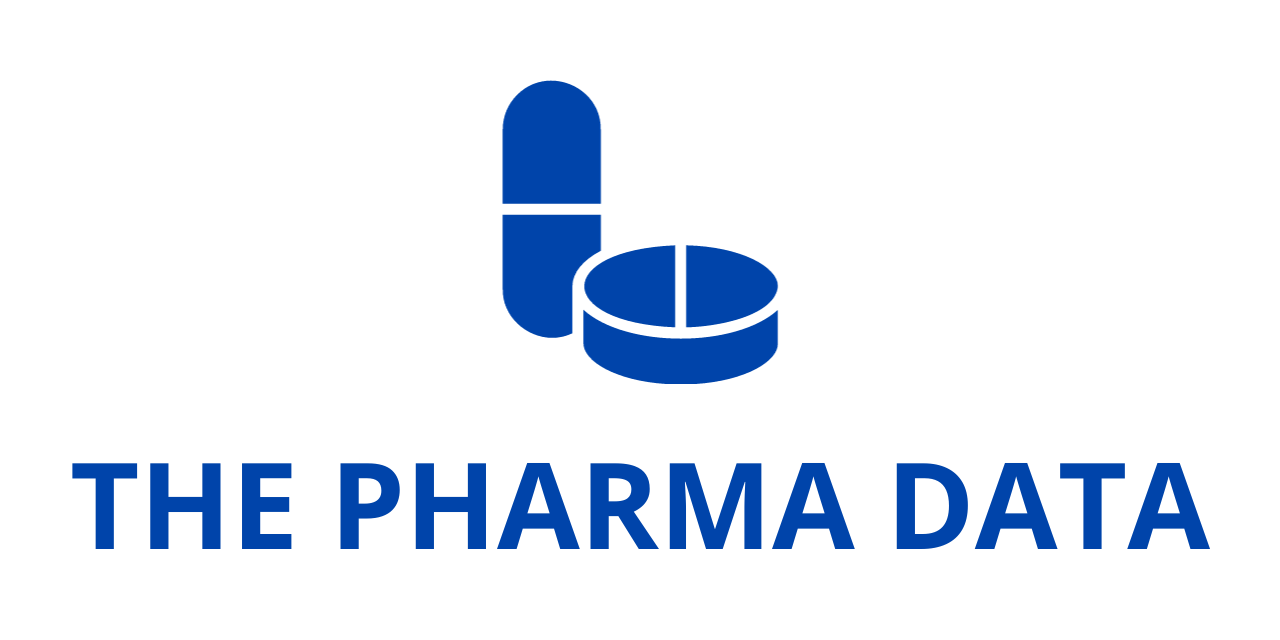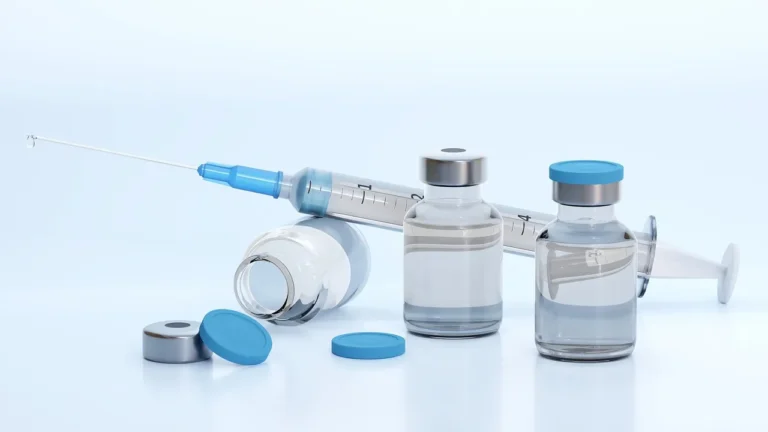
Sanofi Highlights Robust Pipeline of Innovations in Rare Blood Disorders at ISTH 2025
Sanofi is poised to take center stage at the 33rd Congress of the International Society on Thrombosis and Haemostasis (ISTH), set to be held in Washington, D.C., from June 21 to 25, 2025. At this premier global meeting focused on thrombosis, hemostasis, and bleeding disorders, Sanofi will present compelling data across 18 scientific abstracts, including five oral presentations. These new findings reinforce the company’s growing leadership in rare hematologic diseases, with a focus on transformative treatments for immune thrombocytopenia (ITP) and hemophilia.
Sanofi’s upcoming presentations will feature new clinical insights into its investigational oral Bruton’s tyrosine kinase (BTK) inhibitor, rilzabrutinib, in ITP, as well as real-world and long-term data supporting its approved therapies for hemophilia A, ALTUVIIIO, and the recently launched Qfitlia (fitusiran), the first antithrombin-lowering therapy in its class.
Commitment to Innovation in Rare Blood Disorders
Sanofi’s pipeline, centered on the complex biological mechanisms that drive rare blood diseases, reflects a strategic investment in therapies that aim to address persistent unmet medical needs. “Our commitment to rare blood diseases drives us to find innovative solutions for the persistent unmet needs of patients and caregivers,” said Dr. Christopher Corsico, Global Head of Development at Sanofi. “Our data highlight the benefits of our hemophilia treatments and the potential of our reversible oral BTK inhibitor, rilzabrutinib, which could be transformative in rare diseases marked by complex immune dysregulation and inflammation.”
The data to be shared at ISTH 2025 demonstrate Sanofi’s evolving approach to precision medicine in hematology—targeting not only symptoms such as bleeding but also the underlying pathophysiology driving immune and coagulation disorders.
Rilzabrutinib: A Potentially Transformative Therapy in ITP
Among the most anticipated presentations is new data from the LUNA 3 phase 3 clinical trial evaluating rilzabrutinib, an investigational, reversible, oral BTK inhibitor, in adults with immune thrombocytopenia (ITP). ITP is a rare autoimmune disorder characterized by low platelet counts, leading to increased bleeding risk and a heavy burden on patients’ quality of life.
Rilzabrutinib works by targeting the BTK pathway, which plays a key role in B-cell receptor signaling and Fcγ receptor-mediated activation of immune cells. This mechanism allows the drug to modulate the immune system without causing complete immune suppression, making it a promising candidate in autoimmune conditions marked by dysregulated inflammation.
At ISTH, Sanofi will deliver an oral presentation highlighting platelet response in LUNA 3, as defined by criteria established by the International Working Group (IWG)—a clinically meaningful endpoint widely accepted by physicians to evaluate therapeutic efficacy in ITP. Platelet response according to IWG criteria is considered essential in guiding clinical decision-making, offering a standardized method to assess how well a treatment elevates and maintains platelet counts over time.
In addition, two poster presentations will offer deeper insights into the LUNA 3 trial. One will provide the first efficacy and safety report from the trial’s open-label extension phase, while the other will explore platelet count variability among patients receiving rilzabrutinib, shedding light on real-world patterns of platelet stabilization during treatment.
Rilzabrutinib is currently under regulatory review in major markets including the United States, European Union, and China for the treatment of ITP. In the U.S., the therapy has been granted Fast Track Designation, and the Food and Drug Administration (FDA) is expected to make a regulatory decision by August 29, 2025. The drug has also received orphan drug designation in multiple jurisdictions, not only for ITP but also for several other rare immune-mediated diseases such as warm autoimmune hemolytic anemia (wAIHA), sickle cell disease, and IgG4-related disease.
These designations underscore rilzabrutinib’s potential to offer a meaningful therapeutic advance for patients with limited treatment options.
Qfitlia (Fitusiran): Modeling the Relationship Between AT Reduction and Bleed Prevention
Sanofi will also highlight two oral presentations from its ATLAS clinical development program for Qfitlia (fitusiran), a subcutaneously administered small interfering RNA (siRNA) therapeutic designed to lower antithrombin (AT) levels and rebalance hemostasis in people with hemophilia A or B.
Qfitlia was approved in multiple regions, including the U.S. and EU, in late 2024 as the first therapy of its kind. By lowering AT—a natural anticoagulant—Qfitlia shifts the coagulation balance toward thrombin generation, thereby enhancing clot formation in individuals with clotting factor deficiencies.
At ISTH 2025, Sanofi will present modeling data predicting the correlation between antithrombin levels and annualized bleeding rates in patients receiving prophylactic Qfitlia. These analyses, derived from data across multiple ATLAS studies, offer important insights into the dose-response relationship and may inform future optimization of individualized treatment regimens.
By quantifying how different levels of AT suppression influence bleed protection, the data may support more personalized approaches to therapy that maximize efficacy while minimizing potential thrombotic risk—a key concern with procoagulant strategies.
ALTUVIIIO: Long-Term Safety and Efficacy in Hemophilia A
Sanofi will also share long-term data from the XTEND-ed phase 3 extension study of ALTUVIIIO (efanesoctocog alfa), a recombinant factor VIII therapy for patients with severe hemophilia A. Approved in 2023, ALTUVIIIO has quickly established itself as a next-generation treatment with once-weekly dosing and the potential to maintain high factor levels, thus enabling consistent bleed protection.
New analyses from the XTEND-ed study reinforce ALTUVIIIO’s efficacy and safety in both adults and children, even after prolonged use. Importantly, the data confirm sustained protection against spontaneous and trauma-related bleeds, regardless of type or anatomical location, validating the long-term durability of treatment effects.
In pediatric patients, the therapy was shown to effectively treat and prevent bleeds across a wide range of scenarios, addressing an important gap in real-world pediatric care. Additionally, the XTEND program evaluated perioperative outcomes, demonstrating ALTUVIIIO’s usefulness in managing hemostasis during major and minor surgical procedures in both adult and pediatric populations.
These data further position ALTUVIIIO as a cornerstone therapy in hemophilia A, offering superior bleed prevention with fewer infusions—an outcome that can significantly improve treatment adherence and patient quality of life.
A Leader in Hematology Innovation
The breadth of data Sanofi is set to present at ISTH 2025 reflects the company’s comprehensive approach to innovation in rare blood disorders. With rilzabrutinib advancing as a potential first-in-class oral option for ITP and other autoimmune diseases, and with Qfitlia and ALTUVIIIO continuing to expand their impact in hemophilia care, Sanofi is solidifying its leadership across multiple therapeutic fronts.
Through precision targeting of immune and coagulation pathways, Sanofi is not only enhancing patient outcomes but also transforming the standard of care for individuals living with rare and often debilitating hematologic conditions.
As the scientific community gathers in Washington, D.C., Sanofi’s strong showing at ISTH 2025 is expected to drive further interest in its pipeline and reaffirm its role as a key innovator in hematology.




